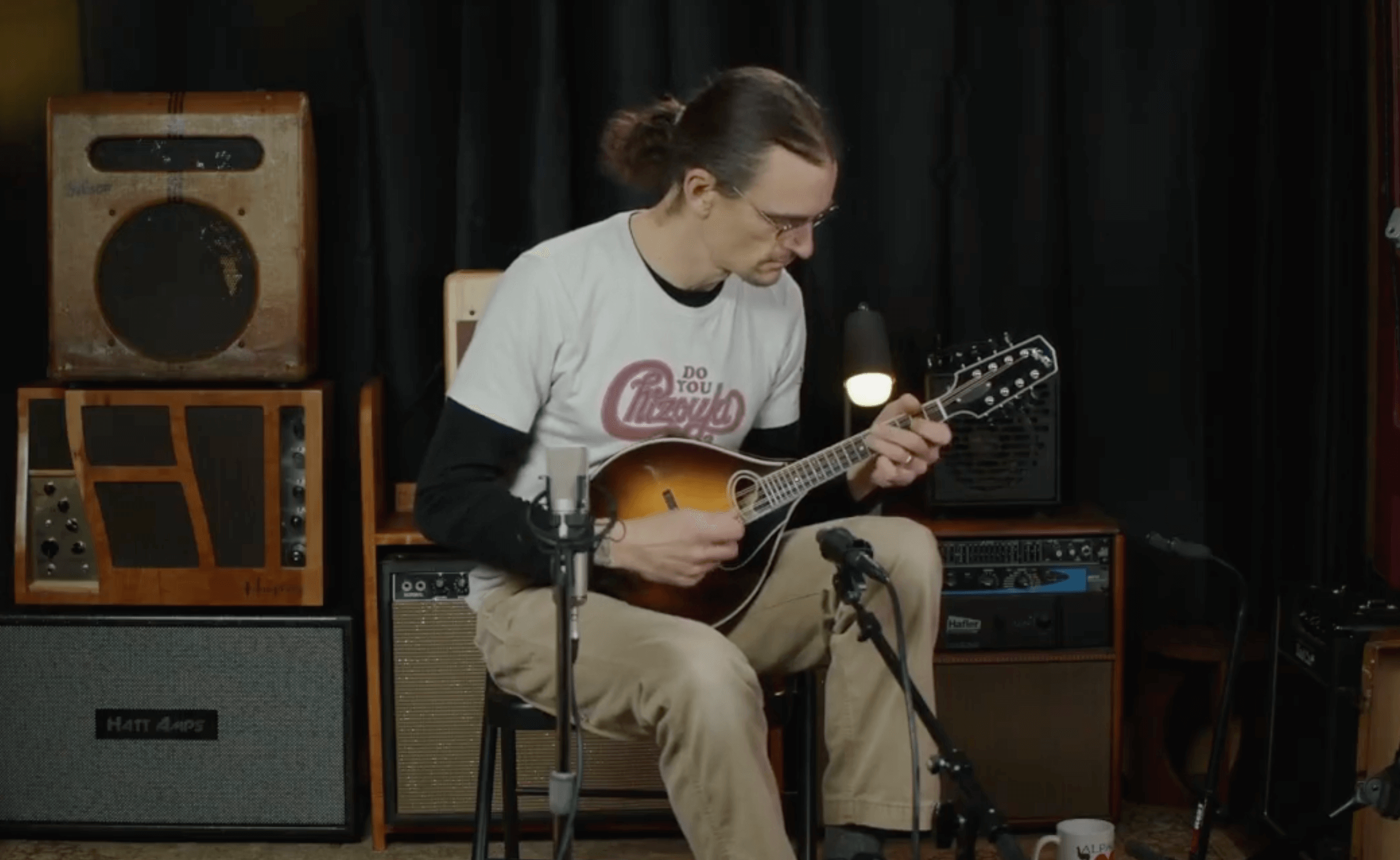Meet the Banjo
Peghead Nation banjo instructor Bill Evans on everything you need to know to get started with the banjo.
In this introduction to the banjo, Peghead Nation banjo instructor Bill Evans tells you everything you need to know to get ready to play the banjo for the first time. Using a Deering Goodtime banjo to demonstrate, he talks about the importance of using a strap to help balance the banjo in your lap, as well as for playing while standing up. He shows you the different ways to attach the strap to your banjo, and even shows you how to attach a guitar strap to the banjo, if necessary. Then he shows you how to position the strap and get the banjo settled comfortably in your lap. He also talks about the banjo tuning, the most common of which is open-G tuning, and introduces you to banjo fingerpicks and how to use them.
Straps
“I tend to wear a strap even when I’m sitting down and practicing. Of course you wear a strap when you’re standing up to play, but on many banjos that you might buy…much of the weight of the instrument is concentrated up in…the peghead…Because this is where the tuning pegs are located but this tends to be actually the heaviest part of the instrument on many banjos. And so the purpose of the strap is to balance the instrument.”
“If you’re at a Guitar Center or, you know, a rock and roll dominated music store, the, the salesperson might try to sell you a guitar strap, instead of an actual banjo strap. And if you’re going out and having to buy something, I would recommend getting a banjo strap.”
“If you have a guitar strap lying around the house or let’s say you have already play a little bit of guitar and you’re just picking up the banjo as a second instrument, you can take a guitar strap and attach a couple of shoelaces, or a piece of yarn or a piece of string, run it through the hole in that is on either end of the guitar strap, and then tie it around the bracket. This is an easy solution so you don’t have to go out and buy a banjo strap.”
“What makes a banjo strap different from a guitar strap is that…rather than there just being the end of the leather with a hole, you’re gonna have something, a clip, a plastic clip, or in this case, this is a leather tie, that you actually will then secure the end of the strap around the bracket and then tie it…You have to be careful with with this, because it will come untied and they even wear out after several years.“
“If you really wanna, get something that will be very, very long lasting and and what a lot of professional players use… there are several straps on the market where the leather is sewn so there’s no way that this is gonna come apart. There’s no screws. There’s no tie…In order to actually, install the strap, you have to loosen the bracket with a bracket wrench, which can be scary if you’re a beginning level player. But maybe you could get the folks at the music store to help you. But really, it’s not a big deal. Just loosen it, bring the bracket up, put the end of the strap in, tighten the bracket, and you’re set in business…And this is never gonna come apart, at least for the life of the instrument. And, you’ll find, straps made by the Steve Huber banjo company and also Jim Mills will sell straps that like this. So that that those are the options that you’ll have on the market.”
Banjo tuning
“Most folks will tune the banjo to G tuning…One of the unusual things about the banjo…is that the high string, the high pitched string of the banjo is on top. And this is really different than the mandolin or the guitar, the fiddle or the dobro or the bass. So if we go from top to bottom in the tuning most commonly used in bluegrass, we have a note called a G note and then the next and that’s also the fifth string. The short string is the fifth string and then we go to the long, the longer four strings and next to the fifth string is the fourth string. It’s the lowest pitched string on our instrument, and in bluegrass tuning that’s going to be a D note. Third string is a G, an octave lower than the fifth string. Second string is a B. First string is a D. And when you strum all these together and you’re reasonably in tune, it’s gonna sound like a great chord, in this case, a G chord.”
“Most people these days use an electronic tuner and I recommend you you check that out. It’s just an easy way to get in tune. You can also get in tune using relative tuning methods where you fret an open string to match the pitch of the next highest string.”
Fingerpicks
“If you’re going to play bluegrass music, you are probably gonna use fingerpicks…And, there are variety of finger picks that you can buy online or at your favorite music store, and ranging in price from just a couple of dollars to thirty five dollars for a handmade, stainless steel set. Also, thumb picks will vary. Some will be all metal. Some are plastic. Some are composite with some kind of special space age polymer on the blade with a metal band. At the store, more often than not, you’ll find a plastic thumb pick and Dunlops or National finger picks. It’s all all good. As you get more into playing, you you probably will experiment with different picks to see what you like best. It’s a moving target.”
“When you get those fingerpicks, you want to put the fingerpicks on not this way. They’re not extensions of your fingernail when you play bluegrass style, but opposite the fingernail with the curve going this way…Sometimes you might buy picks that are straight from the store and people will sometimes bend them back depending upon their taste. And then with the thumb pick, the blade of the pick is gonna be facing in towards the hand, not the other way around. That’s the way that we position these picks and the reason why we position them this way is that when we’re playing fingerpicking styles such as heard in bluegrass, the thumb is gonna go down and the index and middle fingers are gonna go up just like you’re fingerpicking a guitar. So you’re positioning the picks in that way to reflect the motion of the fingers as you play.”
“For clawhammer playing, most players don’t use a pick at all.”
“I like the plastic just because it’s a little bit, well, it’s less metallic sounding. It’s a little bit more like the fingernail.”
To study banjo with Bill, enroll in his Beginning Banjo, Bluegrass Banjo, Earl Scruggs: A Player’s Guide, Melodic and Single-String Banjo or The Banjo Style of J.D. Crowe courses on Peghead Nation!
Related Instrument Demos Posts
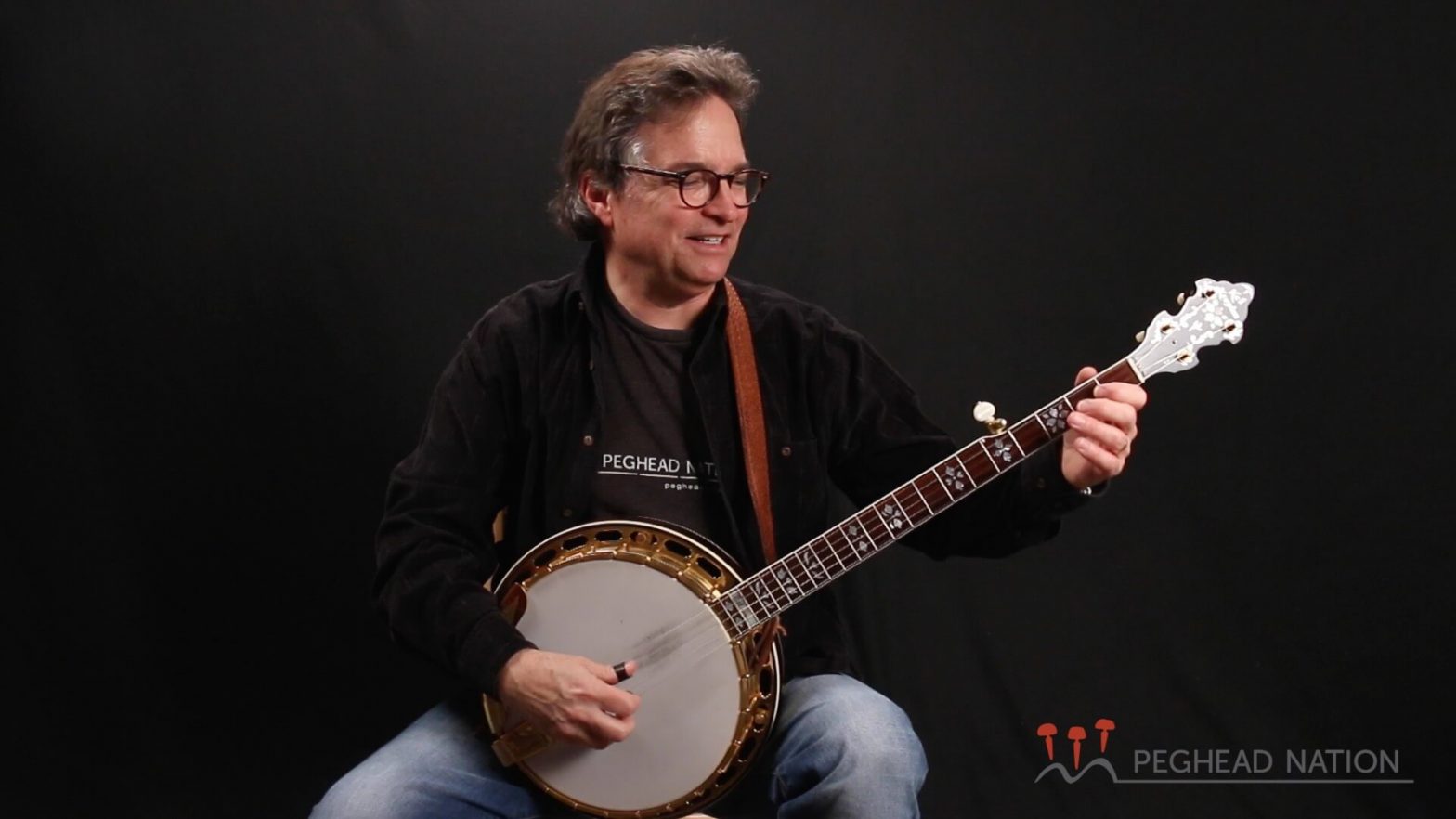 |
Kel Kroydon Bill Evans Signature BanjoBill Evans demonstrates his Kel Kroydon banjo, modeled after his 1930 Gibson Granada. Read More |
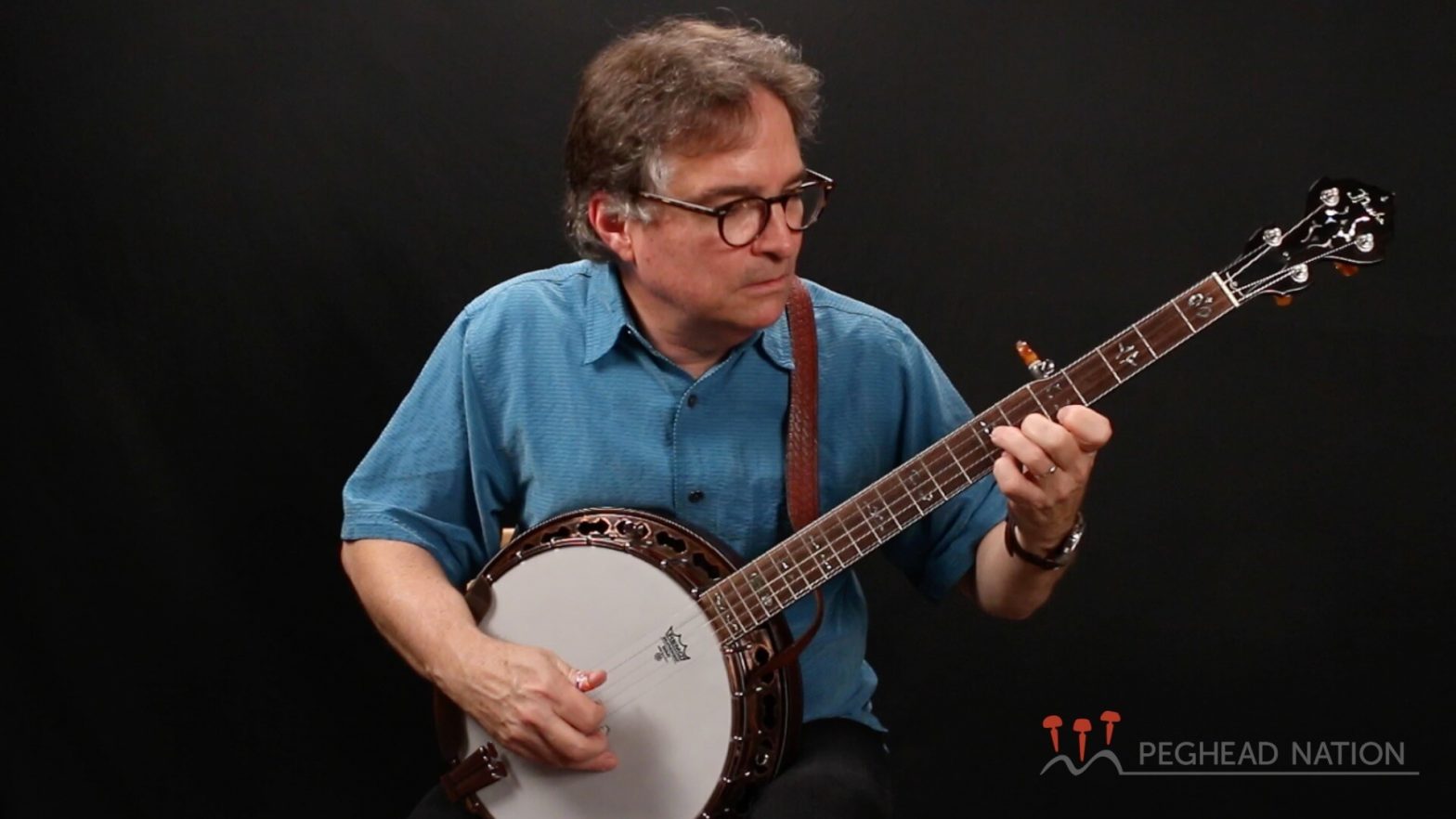 |
Prucha Diamond Point MahoganyBill Evans demos his Czech-made five-string banjo, which offers modern features and a contemporary sound. Read More |
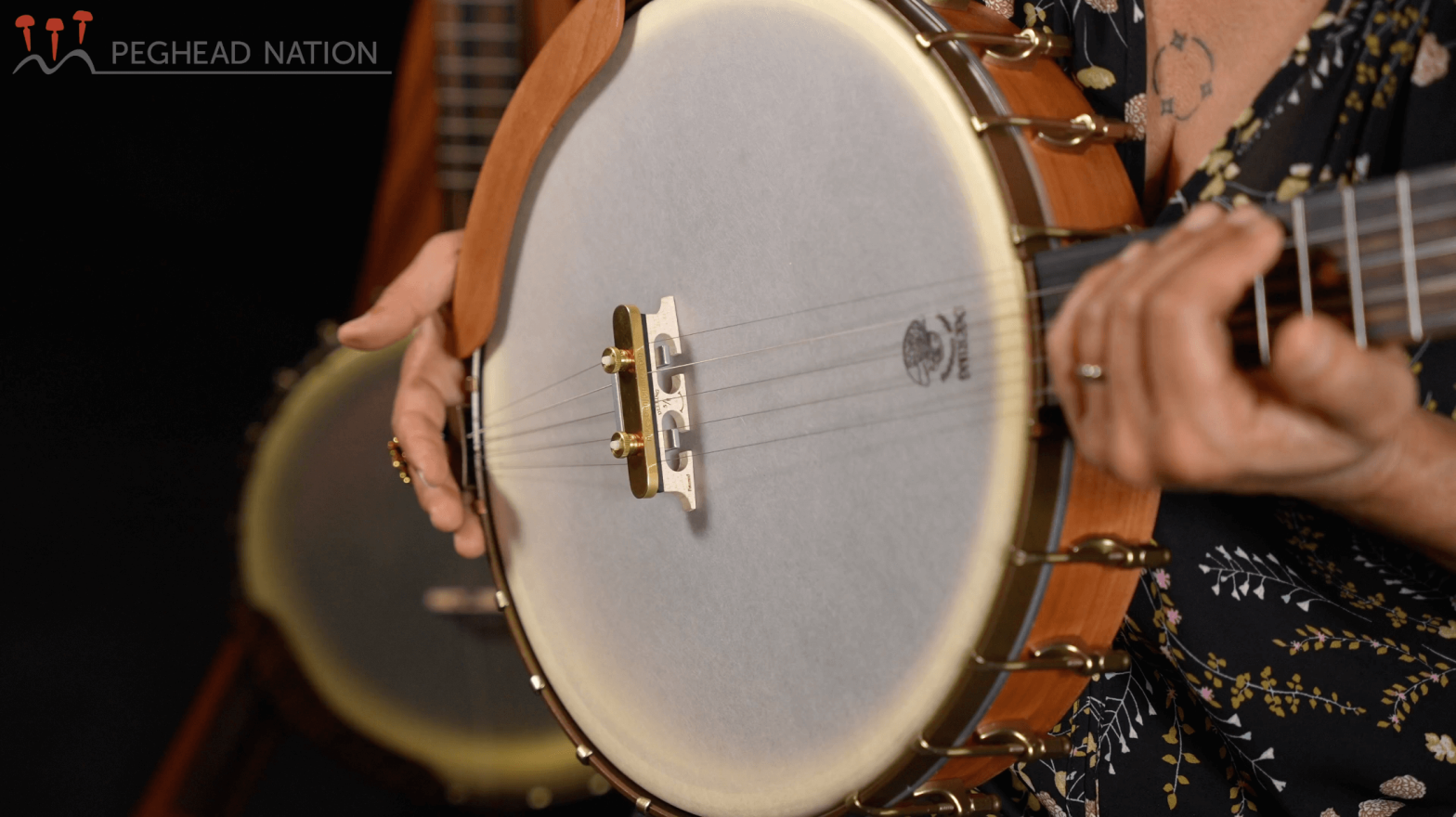 |
Mike’s Banjo MuteEvie Ladin demonstrates a great tool for quiet banjo practice. Read More |
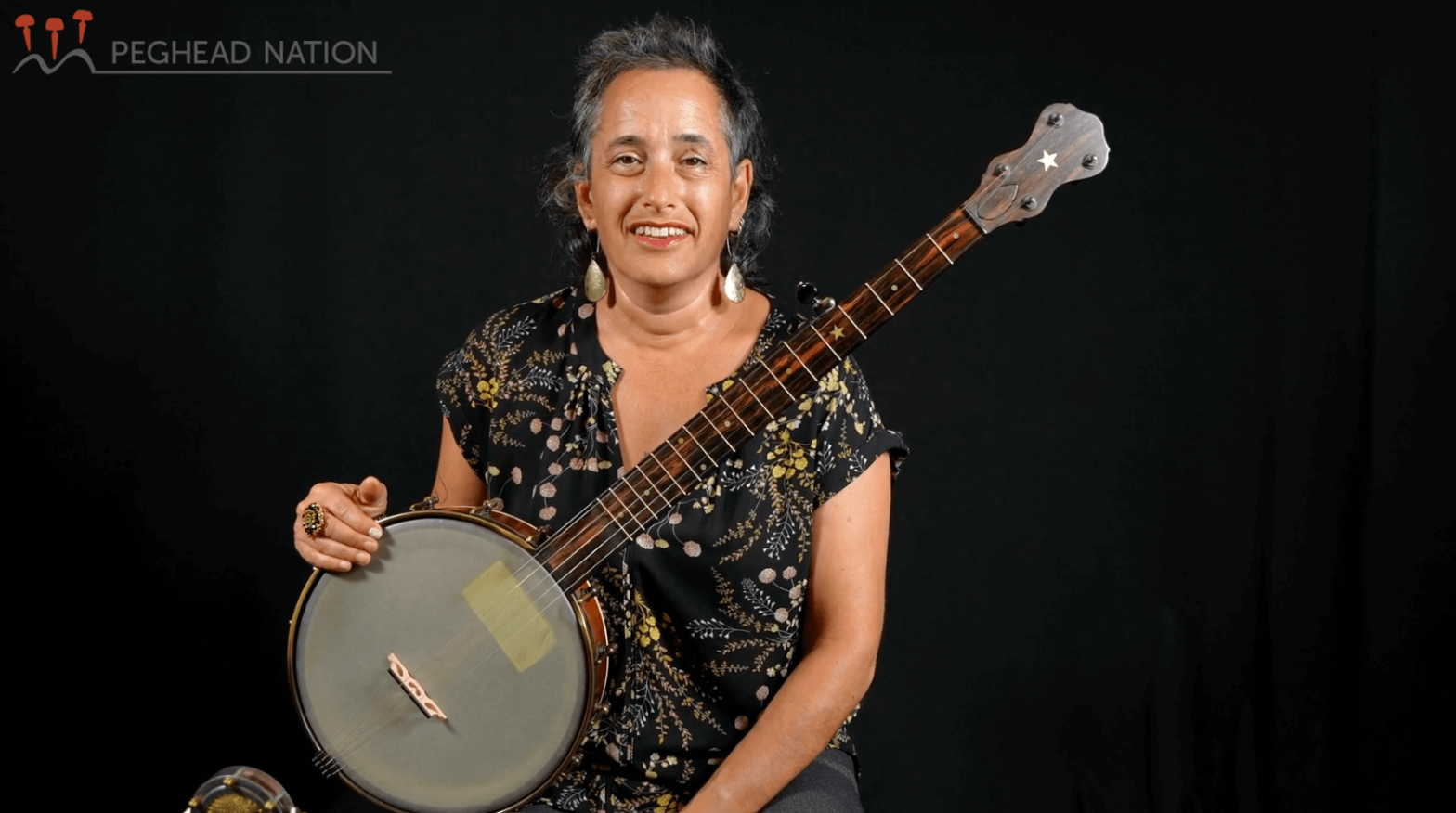 |
Will Seeders 11-inch Dobson BanjoEvie Ladin demonstrates one of her own go-to banjos. Read More |
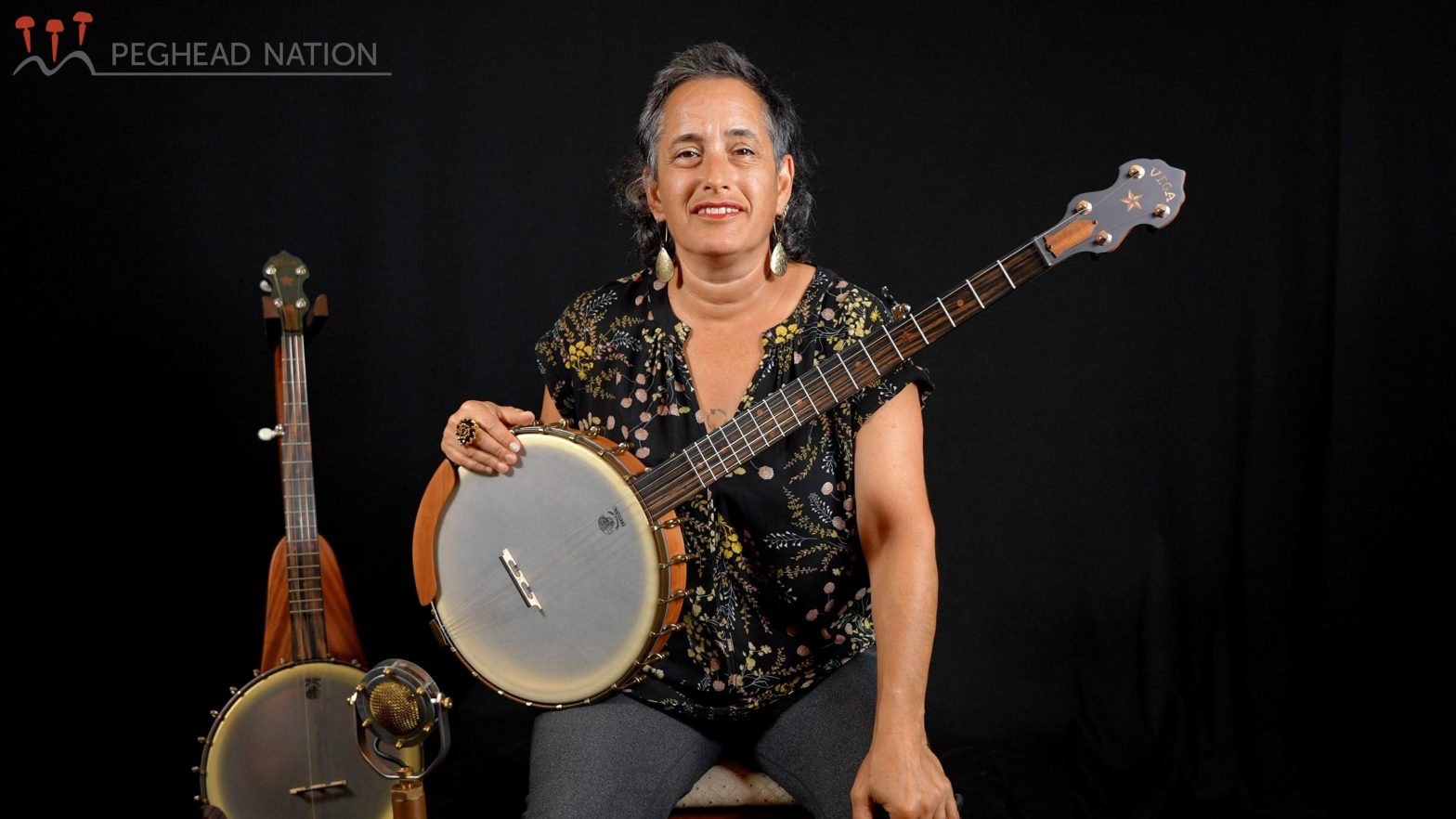 |
Vega Vintage StarEvie Ladin demonstrates the brand new cherry version of Deering’s open-back Vega Vintage Star banjo and compares it to the original maple instrument. Read More |
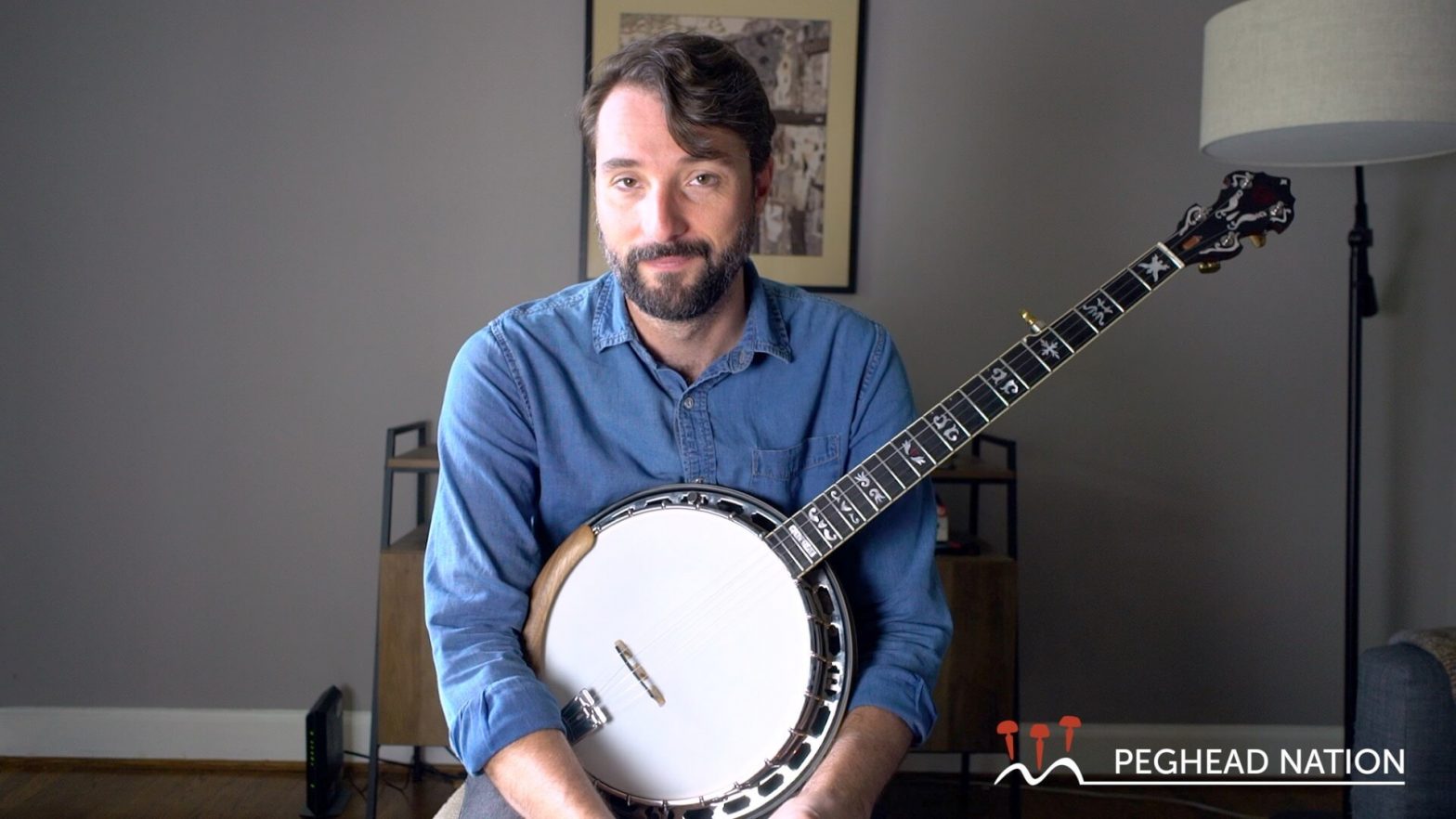 |
Gold Tone “Bluegrass Heart” Béla FleckPeghead Nation banjo instructor Wes Corbett demonstrates Béla Fleck’s new signature model. Read More |
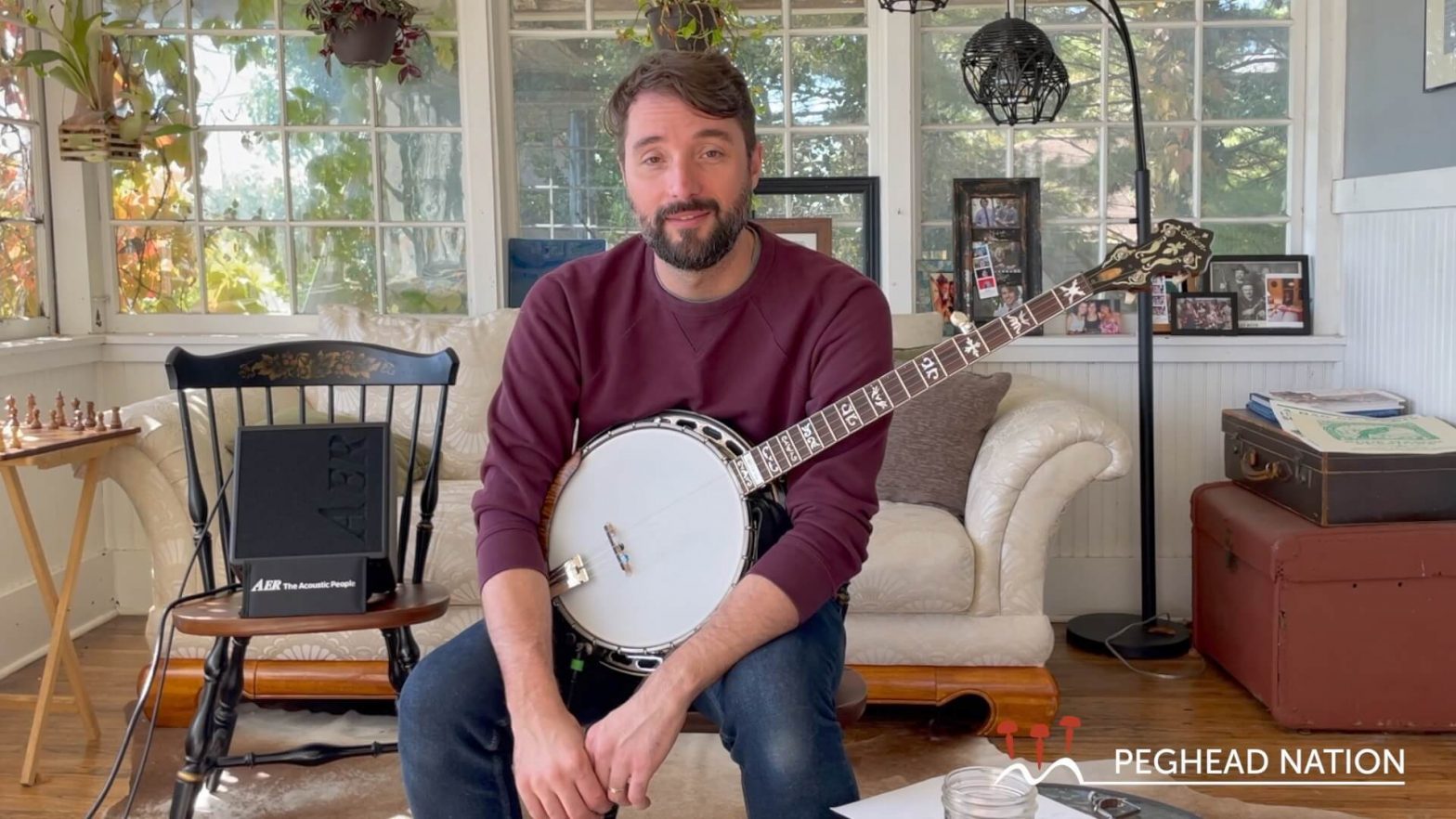 |
Wes Corbett’s Performance GearPeghead Nation banjo instructor Wes Corbett discusses the pickup, amp, and pedals he uses when playing onstage with the Sam Bush Band. Read More |
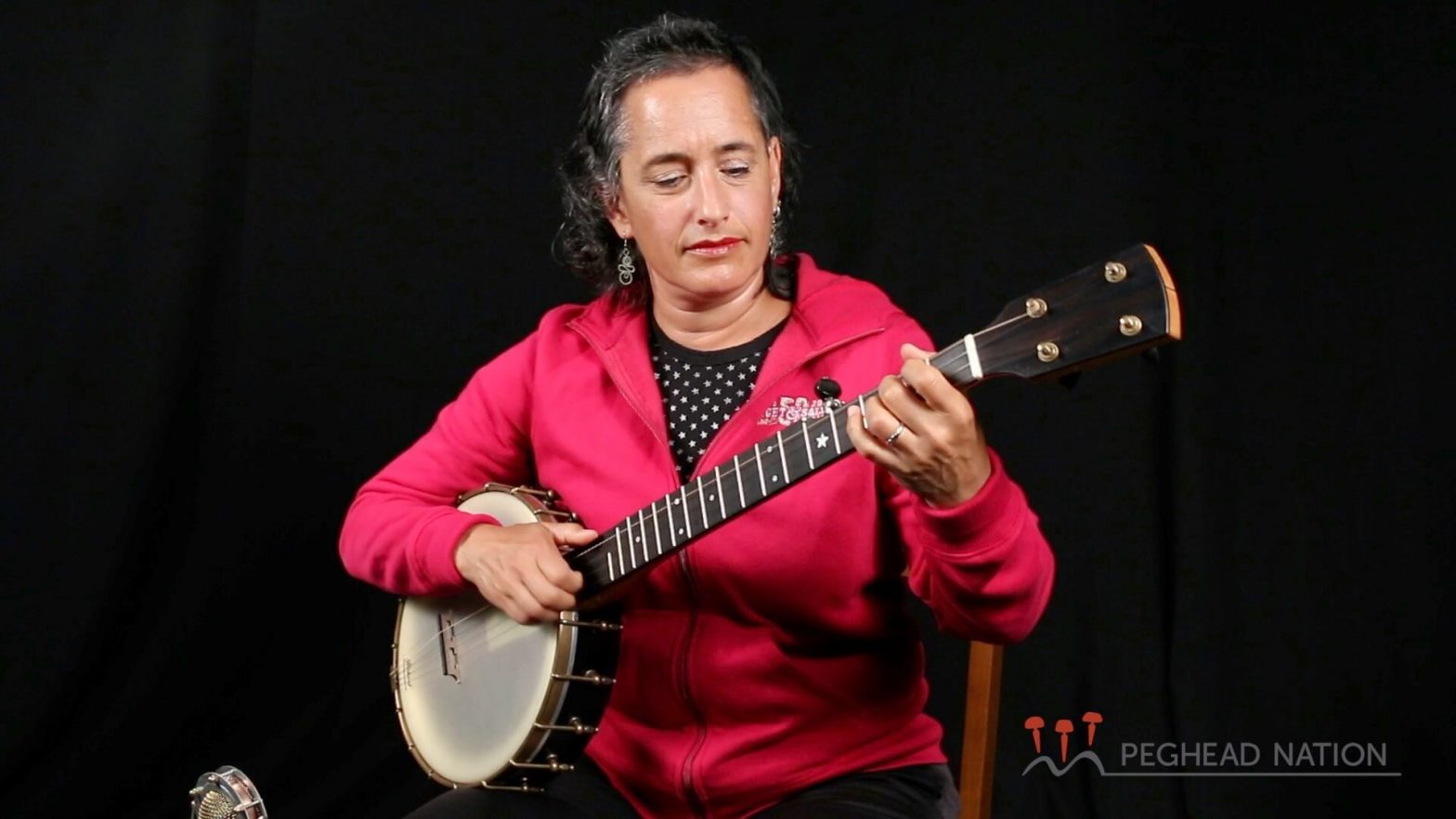 |
Rickard Maple RidgeEvie Ladin demonstrates a great mid-price open-back banjo. Read More |
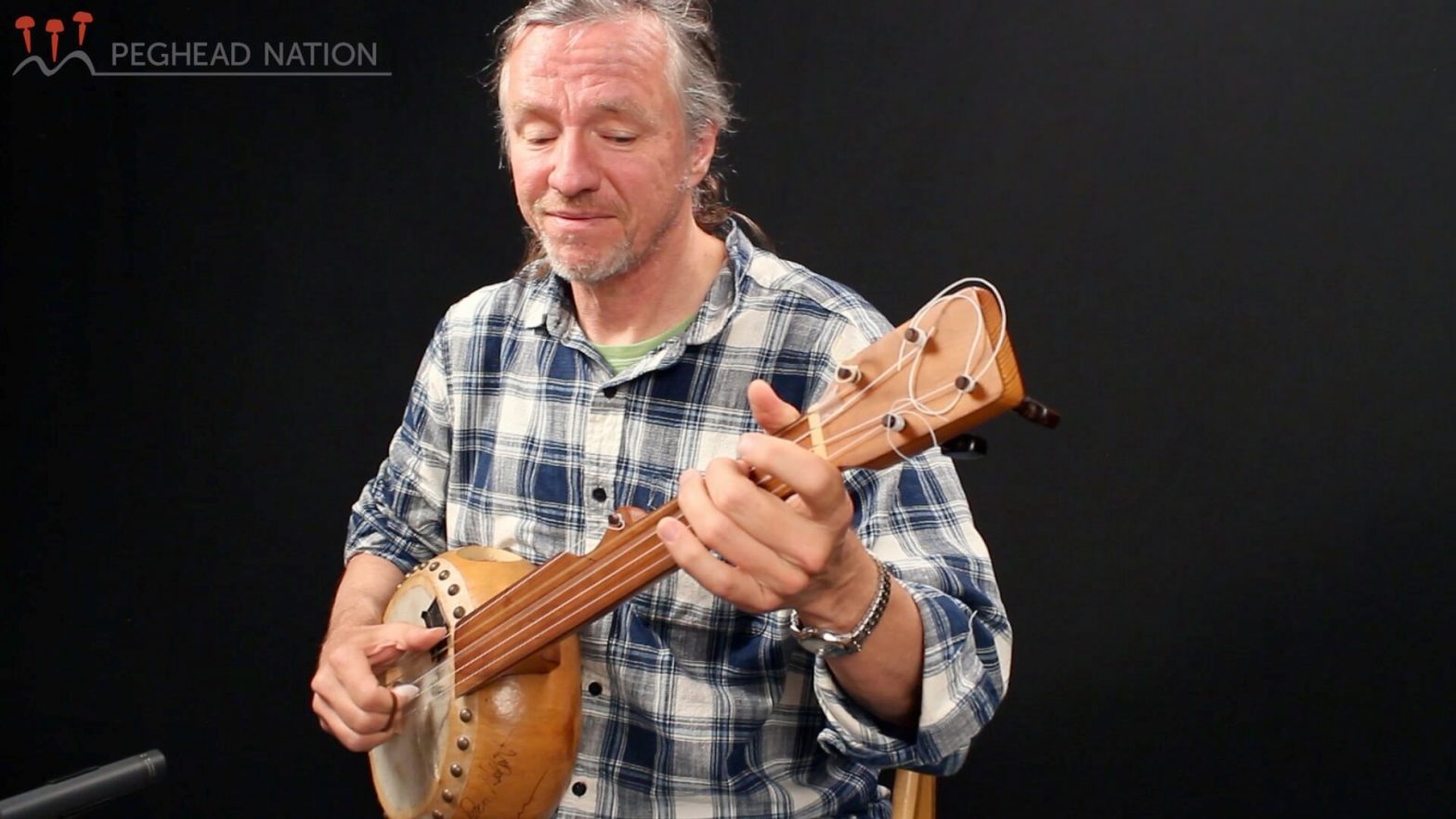 |
Bob Thornburg Gourd BanjoPeghead Nation instructor Steve Baughman demonstrates his fretless gourd banjo. Read More |
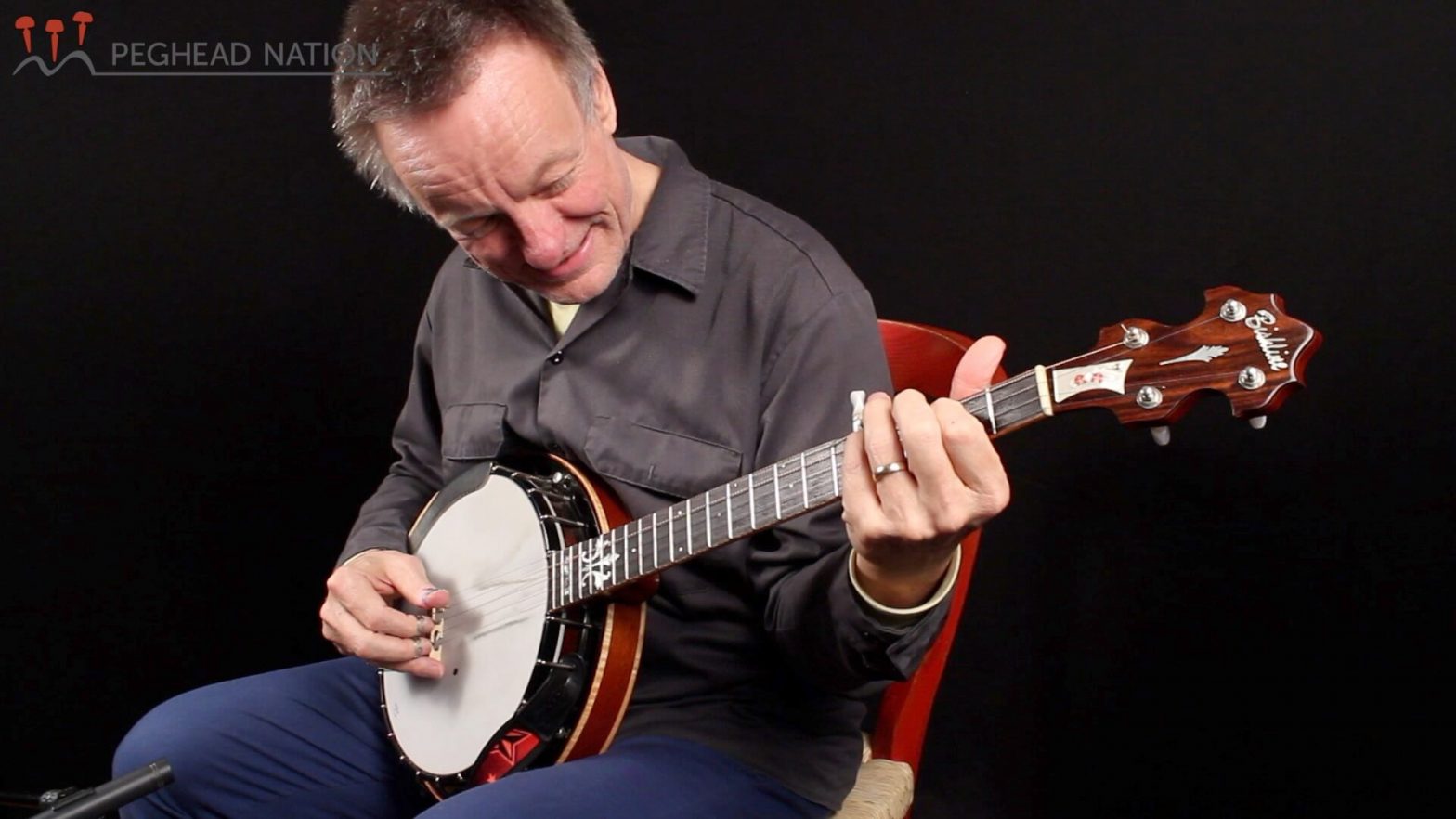 |
Bishline Danny Barnes Amplified WoodyDanny Barnes demonstrates his signature model banjo. Read More |



